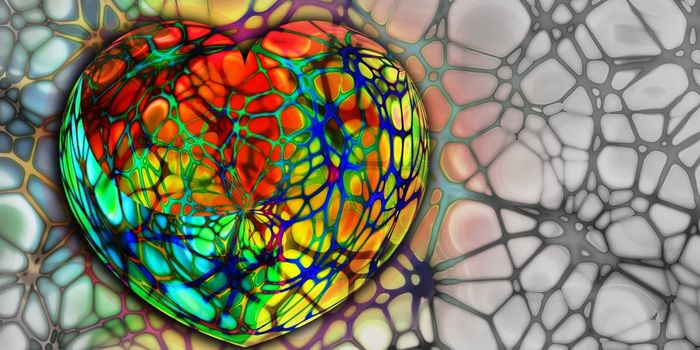Friedreich's Ataxia Successfully Treated in a Mouse Model
Genetic engineering was successfully used to overcome the cardiac effects of Friedreich’s ataxia (FA) in a mouse model of the disease, researchers reported in Human Gene Therapy. Researchers at Weill Cornell Medical College created a unique, cardiac-specific mouse model of FA that mimics what's seen in early-stage human disease. While resting, they are normal, but when exercising, such as on a treadmill, they have stress-induced cardiac symptoms.
FA is a rare, neuromuscular disorder affecting about one in 50,000 people. It's caused by mutations in a gene called FXN, which codes for a protein called frataxin. People with the disorder have to inherit two bad copies of the gene to have the disease; it's an autosomal recessive disorder. The symptoms start in childhood and lead to problems with muscle coordination, called ataxia, over time.
Progressive degeneration happens in the peripheral nervous system; these nerves get thinner, and physical movement is impaired more over time. There is also some degeneration in the cerebellum, which coordinates balance and movement. Thus, the movement and sensory functions of FA patients are disrupted. The arms and legs may lose sensation, and that loss may spread to other areas. Hearing and vision loss are also known to occur in some patients,.
Other symptoms may include heart palpitations or shortness of breath, which are probably caused by the different kinds of heart disease that often come along with FA. The disorder can cause heart enlargement, the formation of material like fibers in the heart, or heart failure. Problems with heart rate or conduction have also been reported.
FA patients tend to require a wheelchair within ten to twenty years of diagnosis, and some people are totally incapacitated by the late stages of the disease. The disorder may shorten life expectancy, and in FA patients, heart disease is the most common cause of death. However, patients with less severe forms of the disease might also live to be sixty or older.
In this new study, the mouse model of FA was treated once with a gene therapy delivered by an adeno-associated virus (AAV). After being treated with the therapy, the activity of these mice became indistinguishable from healthy littermates.
“The complexity of single-gene disorders often complicates the strategies approached to clinical gene therapy,” commented the Editor-in-Chief of Human Gene Therapy Terence R. Flotte, M.D., the Celia and Isaac Haidak Professor of Medical Education and Dean, Provost, and Executive Deputy Chancellor at University of Massachusetts Medical School. “The demonstration by these authors that FA may require a systemic delivery method to correct both the cardiac and neurologic manifestations of the disease could be of critical importance in future FA gene therapy.”
Sources: AAAS/Eurekalert! via Mary Ann Liebert, Inc./Genetic Engineering News, Human Gene Therapy









